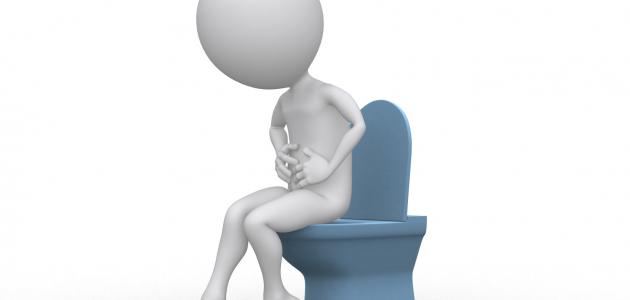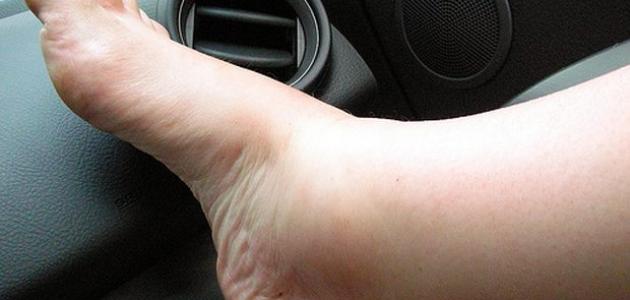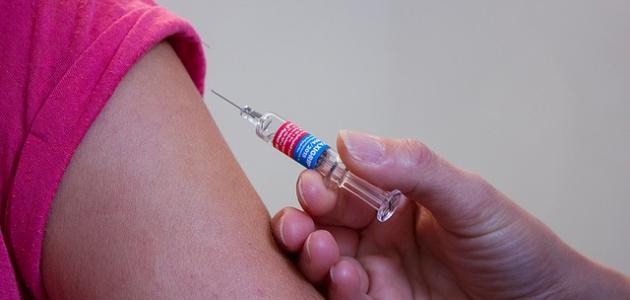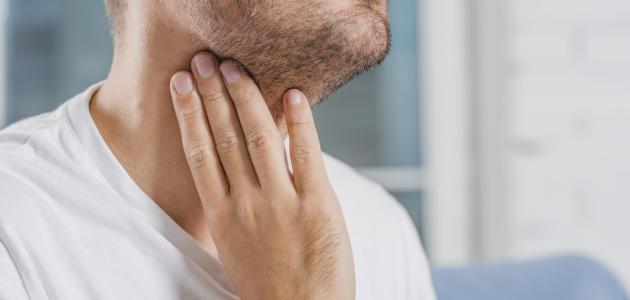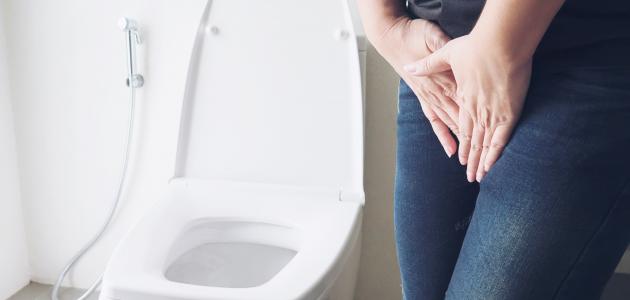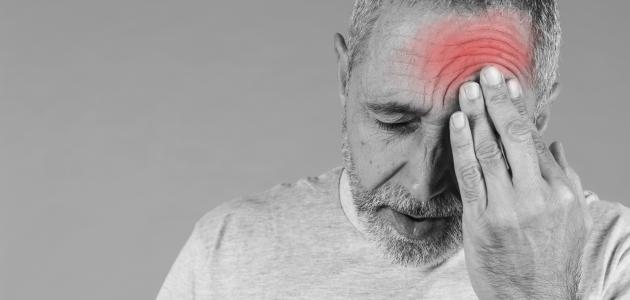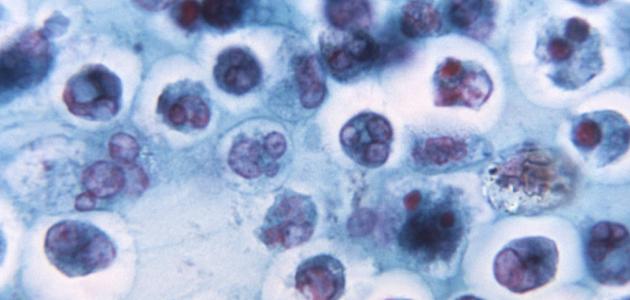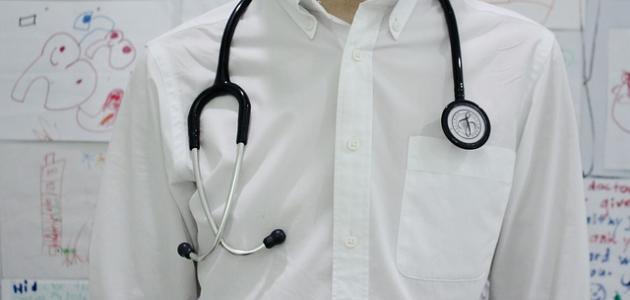fistula
A fistula (in English: Fistula) is an abnormal connection in the form of a channel that forms between two organs or two blood vessels or between one of the body cavities and the skin. Such as urine and feces, which in turn prevent the healing process of the abscess, and in the end the abscess makes its way to the skin, organ, or body cavity, forming what is known as a fistula. Symptoms vary depending on the location and unit of the fistula; Symptoms can include: pain, heat, itching, nausea, vomiting, diarrhea, and a feeling of general weakness, in addition to the passage of pus, or secretions with a foul odor, and leakage of urine, stool, or gas into the vagina.
It is worth noting that fistula may have been present in some since birth, and may result from other reasons such as; Complications of surgical operations, infections and childbirth, and obstructed labor (in English: Obstructed Labor). It may result from conditions such as Crohn's disease and ulcerative colitis, in addition to the fact that people undergoing radiotherapy are at risk of developing several types of fistulas. And there is what is known as an artificial fistula, such as a fistula that is designed between an artery and a vein to produce what is called an arteriovenous fistula (in English: Arteriovenous Fistula) for those who need renal dialysis.
Types of fistula
A fistula is classified into the following types according to the number of openings, its attachment to internal organs, or its exit from the skin:
Read also:What causes swollen feet and hands?- Closed fistula: (in English: blind fistula) it is open from one side only and closed from the other side, and it can turn into a complete fistula if it is not treated.
- Complete fistula: (in English: complete fistula) It has an internal opening and an external opening.
- Fistula incomplete: (in English: incomplete fistula) channels in the skin that are open from the outside, but closed from the inside, and are not connected with any internal structure.
- Shoe fistula: (in English: horseshoe fistula) is a complex type that is in the shape of the letter U in English, and connects two external openings on either side of the anus.
- A fistula can appear in any part of the body, but it is more prevalent in the digestive system, and it can also form between two blood vessels, and in the urinary system, the reproductive system, and the lymphatic system (in English: lymphatic systems), and examples of fistulas that can occur in Various parts of the body:
- Anal-rectal fistula: (in English: Anorectal Fistula), which connects the anal canal and the skin surrounding the anus, and it is worth noting that anal fistula affects men at a greater rate than women.
- Gastrointestinal fistula: (in English: Enteroenteral Fistula) and connects two parts of the intestine.
- Cutaneous enterocutaneous fistula: (English: Enterocutaneous) and connects the small intestine and the skin.
- Cutaneous colic fistula: (English: Colocutaneous), which connects the colon and the skin.
- Tracheoesophageal fistula: (in English: Tracheoesophageal fistulas) and connects the trachea (in English: Trachea) and esophagus (in English: esophagus), and is often due to a congenital defect from birth that allows air to enter the digestive system and food to enter the lungs.
- Vesicovaginal fistula: Vesicovaginal fistula, which connects the vagina and bladder, and causes leakage of urine from the vagina, in addition to frequent infections in the bladder and vagina.
- Enterovaginal fistula: (in English: enterovaginal fistula) and connects the vagina and the large intestine, and leads to leakage of feces from the vagina.
- Urethvaginal fistula: (in English: Urethrovaginal fistula) and connects the urethra and vagina.
- Arteriovenous fistula: (English: Arteriovenous fistulas) and is formed between the artery containing oxygen-laden blood for all parts of the body and the vein carrying blood returning to the lung, which leads to an abnormal change in blood pressure and flow.
Fistula treatment
The specialist doctor decides the most appropriate treatment plan for the fistula based on its location, size and condition. Treatments are divided into two main parts as follows:
Read also:Renault phenomenonNon-surgical treatment
It includes the following options:
- Catheters: (English: catheterization) is used in the case of a relatively small fistula to treat infection by draining the pus in the fistula, as is the case in anal or rectal fistula.
- Medication treatment: Antibiotics are used to treat the infection associated with the fistula. Infliximab can also be used to reduce inflammation and help heal the rectovaginal fistula in women with Crohn's disease.
- Intestinal food: Enteral diet, which is liquid food containing important nutrients that is taken orally or given through a feeding tube, and given instead of solid food; This is to reduce the amount of stool coming out of the anus, and thus to help heal and close the fistula. This treatment can be used in the case of vaginal-intestinal fistula, cutaneous-intestinal fistula, and vesico-intestinal fistula (in English: Enterovesicular fistulas).
- fibrin adhesive: (in English: Fibrin glue) is a medical adhesive that is injected into the fistula to close the channel tightly, then the opening of the fistula is sutured, and it is considered an easy, safe and painless method, but its results are weak in the long run.
- Laser treatment: (In English: Laser therapy) a laser is used to get rid of congenital arteriovenous fistulas (in English: Congenital arteriovenous fistulas) with relative ease if it is small in size.
- Ultrasound guided pressure: (in English: Ultrasound-guided compression) is used in the case of arteriovenous fistula located in the leg area if it is visible on the ultrasound machine; it relies on ultrasound to pressure the fistula, and close the blood flow of damaged blood vessels.
- stopper: (English: Plug) This plug is usually made of collagenous membrane tissue and fills the fistula.
surgical treatment
The fistula is treated surgically, either by making an incision in the abdominal wall, or by making a small incision and using a camera and small tools to deal with the fistula, using the laparoscopic surgery technique.
Read also:Causes of leg painSurgical treatment method includes the following steps:
- Careful examination to determine the path of the fistula through the tissues: This is done by using special shaded dyes (in English: Contrast dyes) and photography.
- Emptying and draining the pus collected in the fistula: Ensure the integrity of the tissues surrounding the fistula, and that they are free from infection or inflammation.
- Surgical removal of the fistula: Which is called a fistulotomy surgery (in English: Fistulotomy) and is used in 85-95% of cases, where an incision is made along the entire length of the fistula, then emptying it of the contents, smoothing it and keeping it in its new location until it heals and recovers.
- The surgery includes the following options to complete it:
- Surgical suture of Seton: (In English: Seton stitch) This stitch is produced by passing a thread through the fistula to make a knot that connects it to the outside, leaving a way for drainage and emptying.
- Endometrial flap procedure: (English: Endorectal flap) It is used in the case of rectal fistula as an alternative to the Seton suture, and it involves pulling healthy tissue over the internal part of the fistula to prevent stool and other substances from causing infection of the canal again.
- fibrin adhesive: which was previously mentioned among the non-surgical treatments, or The stopper is made of biological materials (in English: Bioprosthetic plug), and it is conical in shape made of the tissues of the human body, and it is used to close the internal opening of the fistula and is fixed with stitches, and it is worth noting that it does not close the fistula tightly to enable the drainage process, and then new tissues grow around the plug so that the fistula heals and is treated.
